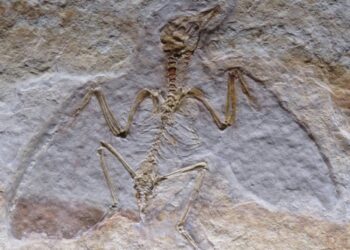Addis Ababa’s Rich History
The history of Addis Ababa dates back over a century, when Emperor Menelik II founded the city in 1886. The name Addis Ababa means “new flower” in Amharic, which is Ethiopia’s official language. The city was established as the capital of Ethiopia and soon became a hub of culture, commerce, and politics. Over the years, Addis Ababa has undergone significant changes, from the construction of modern buildings to the development of its transportation infrastructure. Despite these changes, the city has managed to preserve its rich cultural heritage, which is evident in its historic buildings, museums, and landmarks.
Addis Ababa is home to many historic gems that offer a glimpse into the city’s past. These include the National Museum of Ethiopia, the Holy Trinity Cathedral, the Addis Ababa railway station, and the Red Terror Martyrs Memorial Museum, among others. Each of these sites tells a unique story and offers visitors a chance to experience the city’s rich history firsthand.
The National Museum of Ethiopia: A Journey Through Time
The National Museum of Ethiopia is a must-visit for anyone interested in the country’s ancient history. The museum is home to many important artifacts, including the remains of “Lucy,” a 3.2 million-year-old hominid. Visitors can also see the country’s famous rock-hewn churches, as well as exhibits on the country’s diverse ethnic groups.
The Holy Trinity Cathedra
The Holy Trinity Cathedral is an important landmark in Addis Ababa and is the final resting place of many Ethiopian leaders, including Emperor Haile Selassie. The cathedral’s architecture is a blend of traditional Ethiopian and European styles, and its stained glass windows and murals are breathtaking. The cathedral also serves as a reminder of Ethiopia’s religious history, as it is home to many important religious artifacts.
The Addis Ababa Railway Station
The Addis Ababa railway station is another historic landmark in the city, offering visitors a chance to see the country’s transportation history firsthand. The station was built in the early 20th century and played an important role in Ethiopia’s economy. Today, visitors can see the original locomotives and other artifacts that tell the story of the country’s railway system.
The Red Terror Martyrs Memorial Museum: A Somber Reminder of Ethiopia’s Recent Past
The Red Terror Martyrs Memorial Museum is a sobering reminder of Ethiopia’s recent history. The museum is dedicated to the victims of the Ethiopian revolution and the atrocities committed during the “Red Terror” period. Visitors can see exhibits on the country’s political history, as well as personal accounts from survivors and families of victims.
The Piazza Neighborhood
The Piazza neighborhood is a hub of historic buildings and landmarks, including the St. George’s Cathedral and the Italian-designed Ras Mekonnen Hall. Visitors can also explore the nearby Mercato, which is one of the largest open-air markets in Africa. The Piazza neighborhood is a great place to experience the city’s vibrant culture and learn about its history.
Modern-Day Addis Ababa
While Addis Ababa’s history is important, the city is also focused on the future. Modern buildings, shopping centers, and restaurants are popping up all over the city, offering a blend of tradition and progress. Visitors can see this balance firsthand at places like the Addis Ababa City Hall, which is a modern building that incorporates traditional Ethiopian design elements.
Image Credit: Gift Habeshaw/Unsplash





